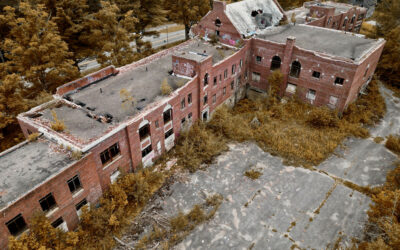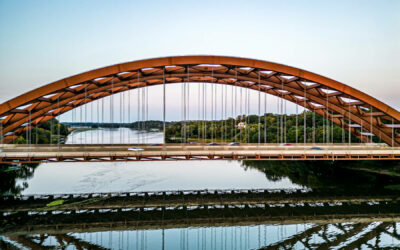In the heart of Mechanicville, New York, nestled among the quiet streets and aging industrial structures, lies a poignant reminder of the town’s once-thriving connection to the railways. The now-abandoned Mechanicville Train Station stands as a ghostly monument to a bygone era when the click-clack of trains and the bustling energy of passengers were integral to the town’s daily rhythm.
A Hub of Commerce and Connection
Mechanicville’s strategic location along the Hudson River and proximity to major cities like Albany made it a crucial hub for rail transport in the late 19th and early 20th centuries. The station, originally constructed in the late 1800s, was a pivotal point on the Delaware and Hudson (D&H) Railway line. This rail line served as a vital artery for the transportation of goods, particularly during the heyday of the American industrial revolution.
The train station was more than just a point of transit; it was a community center where residents would gather, not only to travel but also to receive news from afar, reunite with loved ones, and witness the constant flow of commerce that sustained the local economy. It was a place where the world felt a little closer, as the trains connected Mechanicville to the broader currents of progress and change sweeping across the country.
The Rise and Decline
The early 20th century marked the golden age of rail travel in Mechanicville. The station was bustling with activity, with freight trains carrying coal, lumber, and other vital resources that powered the nation’s growth. Passenger services also flourished, with the station serving as a gateway for residents traveling to nearby cities for work, education, or leisure.
However, as the century progressed, the rise of the automobile and the development of the interstate highway system began to erode the dominance of rail travel. By the mid-20th century, passenger services at the Mechanicville Train Station had declined sharply, and the once-crowded platforms grew eerily quiet. The shift in transportation preferences, coupled with the decline in industrial activity in the region, led to a steady reduction in rail traffic.
By the 1970s, the station was a shadow of its former self. Freight services continued, but the grand vision of the station as a bustling hub of activity was fading. The final blow came when the station was officially closed, and the last train departed, leaving behind an empty building and tracks that would soon fall into disrepair.
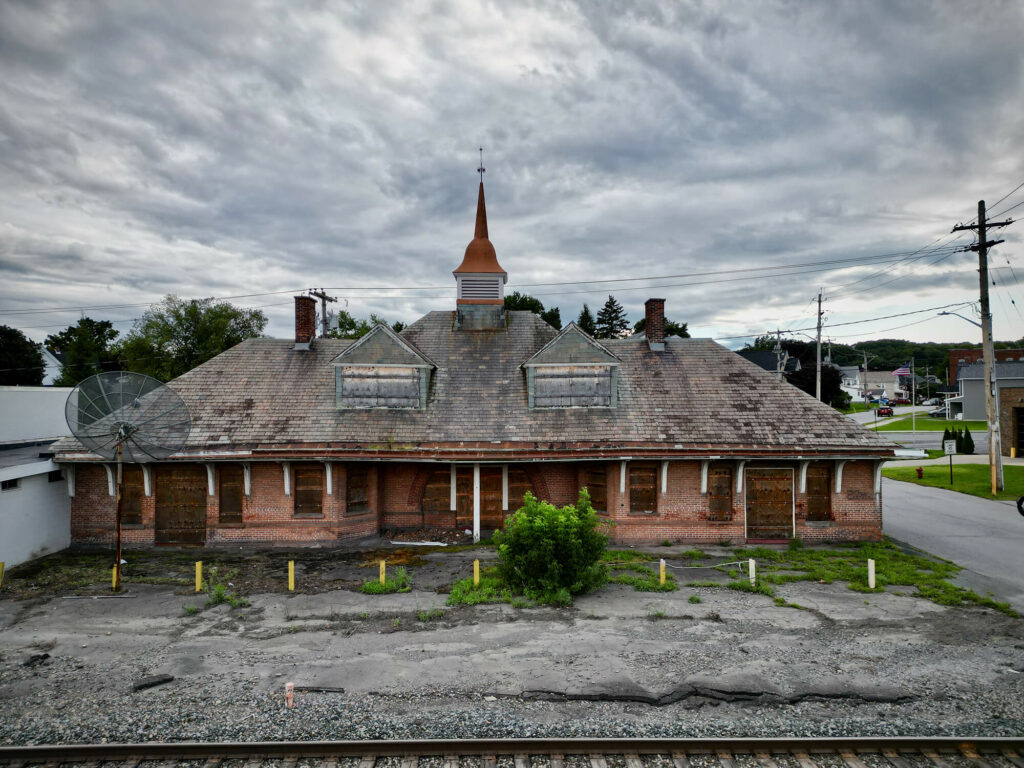

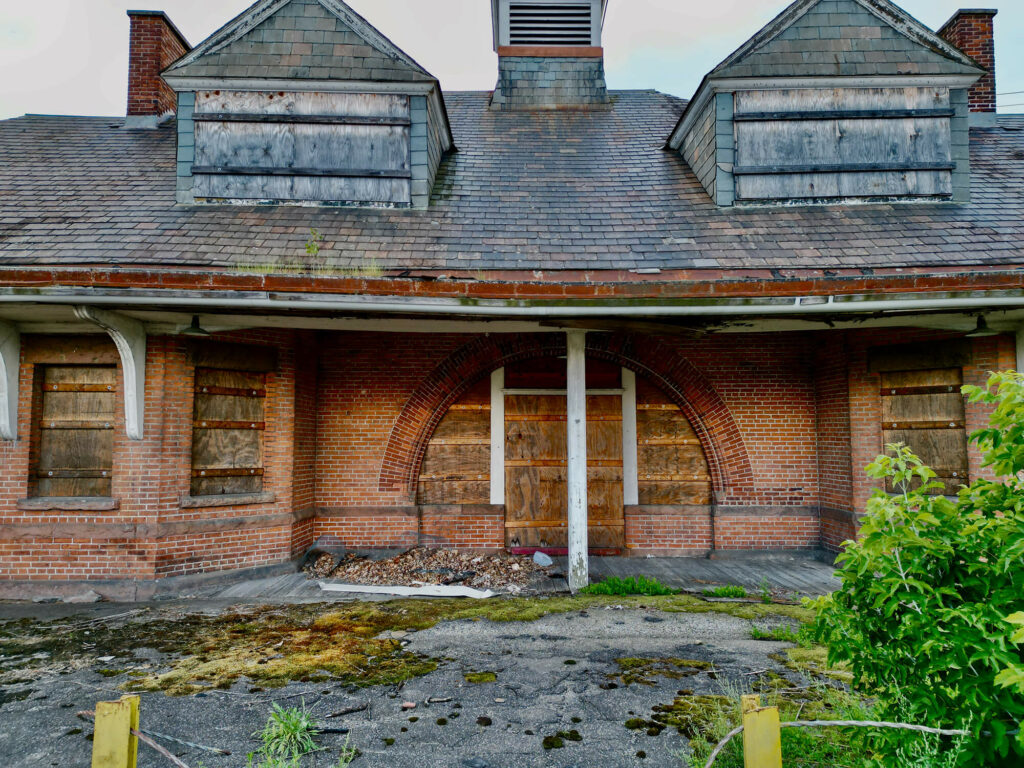
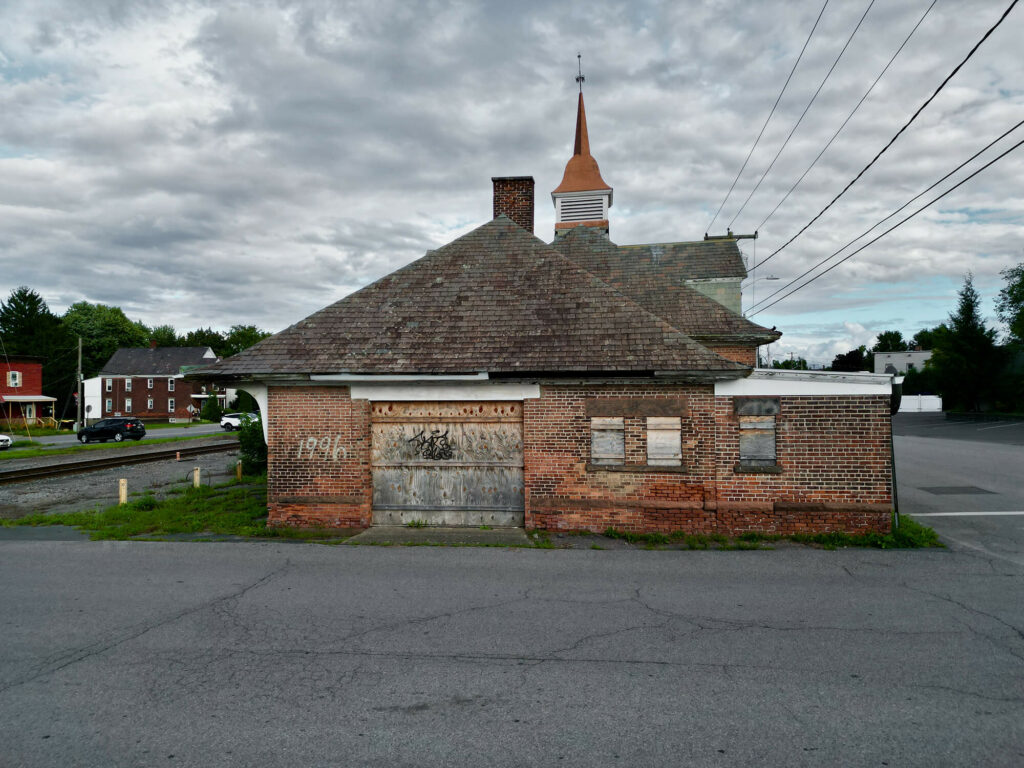
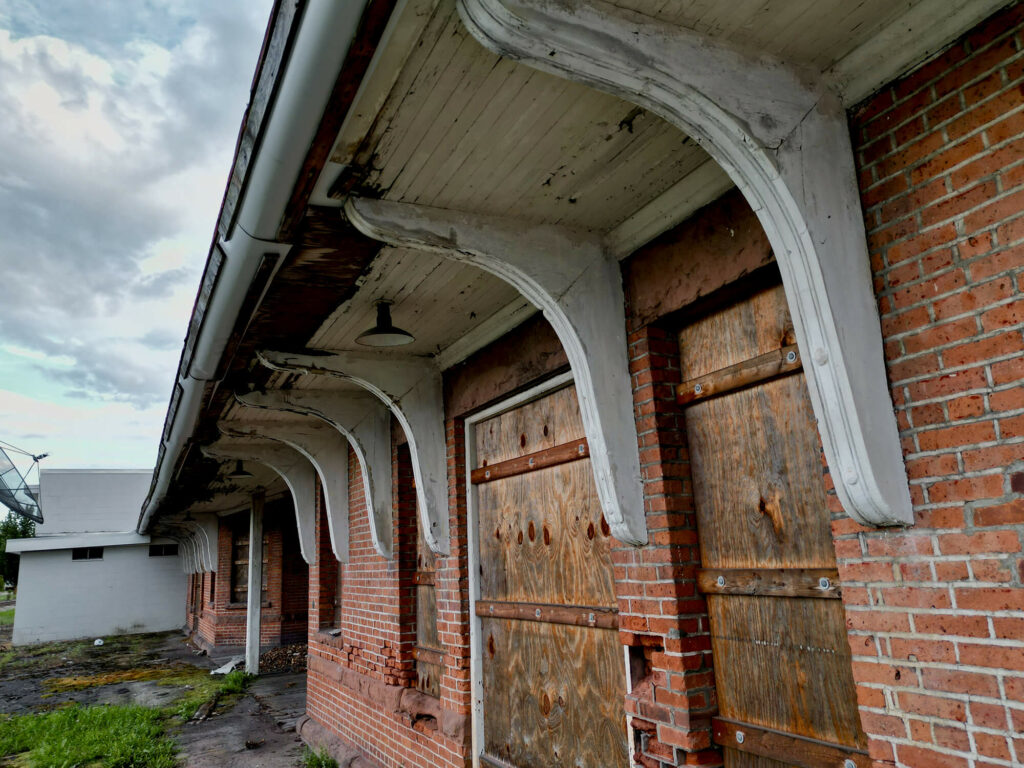
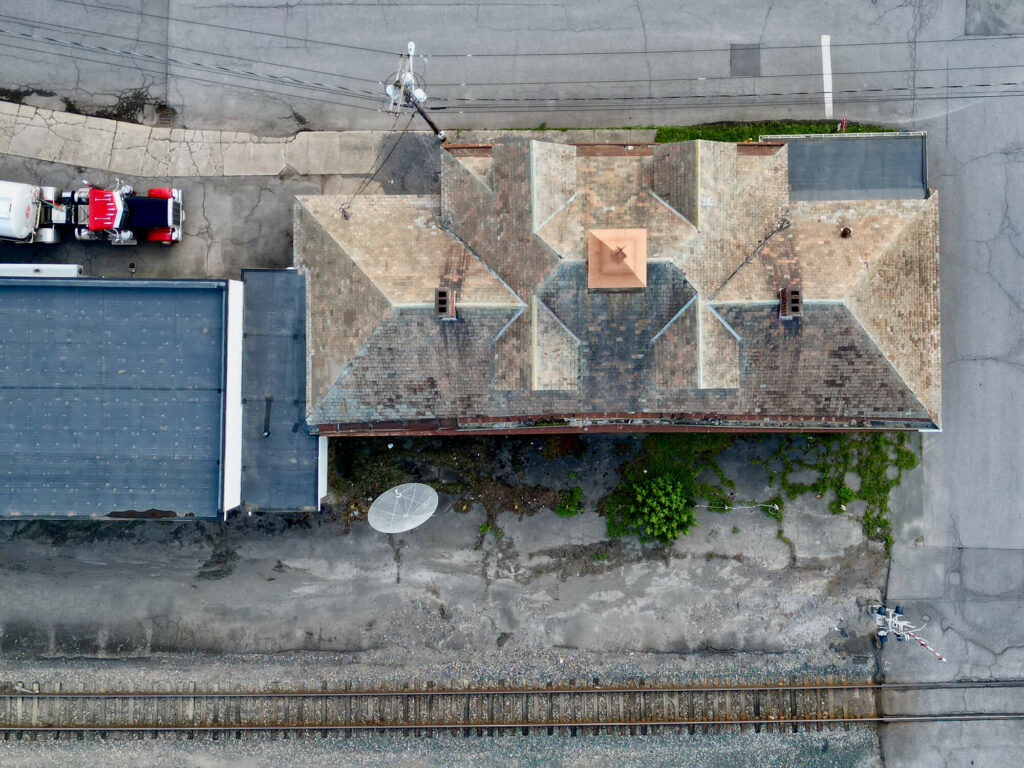
The Station Today: A Glimpse into the Past
Today, the abandoned Mechanicville Train Station stands as a silent witness to the town’s rich history. The once-proud structure has succumbed to the ravages of time, with peeling paint, broken windows, and overgrown vegetation slowly reclaiming the space. Yet, despite its dilapidated state, the station retains a certain haunting beauty, a tangible link to a time when it was the lifeblood of the community.
Local efforts to preserve the station have faced challenges, as economic constraints and shifting priorities have made restoration difficult. However, the station remains a focal point for those who remember its glory days or are captivated by the history it represents. The site is frequented by history buffs, photographers, and those who feel a deep connection to Mechanicville’s past.
A Future for the Past?
While the future of the Mechanicville Train Station remains uncertain, its significance as a historical landmark cannot be understated. It embodies the story of a town that once played a crucial role in the nation’s rail network, and its preservation could serve as a bridge between the past and present, reminding future generations of the importance of Mechanicville in the broader tapestry of American history.
As the station continues to stand in silent repose, it invites reflection on the passage of time and the evolution of transportation that has reshaped communities across the country. Whether through preservation efforts or simply in the memories of those who pass by, the Mechanicville Train Station remains an indelible part of the town’s identity—a relic of an era when the rails were the veins that carried the lifeblood of the nation.


